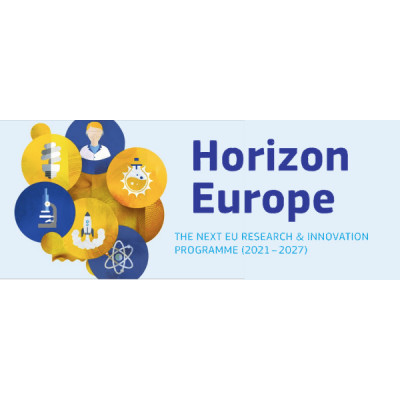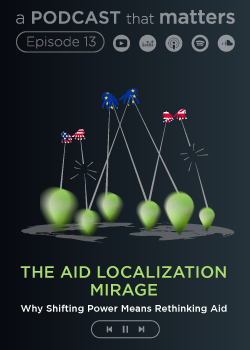Print

Source and MobiliTy of MErCury Within a ContinentAL Magmatic SYstem: STECALMY
Details
Locations:Italy
Start Date:Jul 1, 2022
End Date:Jun 30, 2024
Contract value: EUR 172,750
Sectors: Environment & NRM, Research
Description
Programme(s): HORIZON.1.2 - Marie Skłodowska-Curie Actions (MSCA)
Topic(s): HORIZON-MSCA-2021-PF-01-01 - MSCA Postdoctoral Fellowships 2021
Call for proposal: HORIZON-MSCA-2021-PF-01
Funding Scheme: HORIZON-AG-UN - HORIZON Unit Grant
Grant agreement ID: 101066580
Objective:
Mercury (Hg) is a volatile element that is used for industrial and technological applications and can be potentially toxic for any ecosystem. In Earth science, its accumulation in sedimentary sequences has been recently used to link the major Phanerozoic climatic and biological crisis to massive volcanic events. This is because volcanic degassing is the main mechanism that releases Hg to the atmosphere. While these aspects are receiving increasing scientific interest, it is still unclear what is the source from which a volcanic system acquires its Hg content prior to magma degassing. The few studies addressing the behaviour of Hg in the deep Earth appear to have adopted sample preparation and analytical procedures that might have unintentionally under- or overestimated the actual Hg contents in the rock samples. Project STECALMY seeks to understand the source and mobility of Hg in the Earth's crust by studying the Sesia Magmatic System (SMS), western Southern Alps, Italy, an exposed continental magmatic system that can be tracked from its deepest roots up to its volcanic products. Through a rigorous sample preparation procedure and by testing different analytical methods, I will firstly develop a methodological and analytical protocol that optimises the analyses of Hg in crystalline rocks. Such protocol will then be used to investigate the Hg content in carefully selected rocks from the SMS, from the uncontaminated and undegassed magmatic rocks to the metamorphic rocks of the crust in which they emplaced and the volcanics erupted to the surface. This will be combined with petrography and major and trace element geochemistry of the same samples, in order to quantify the gain or loss of Hg in magmas during assimilation, crystallisation and degassing in a continental setting. Project STECALMY will produce the first methodologically-robust model on the source and mobility of Hg within a continental magmatic system.

